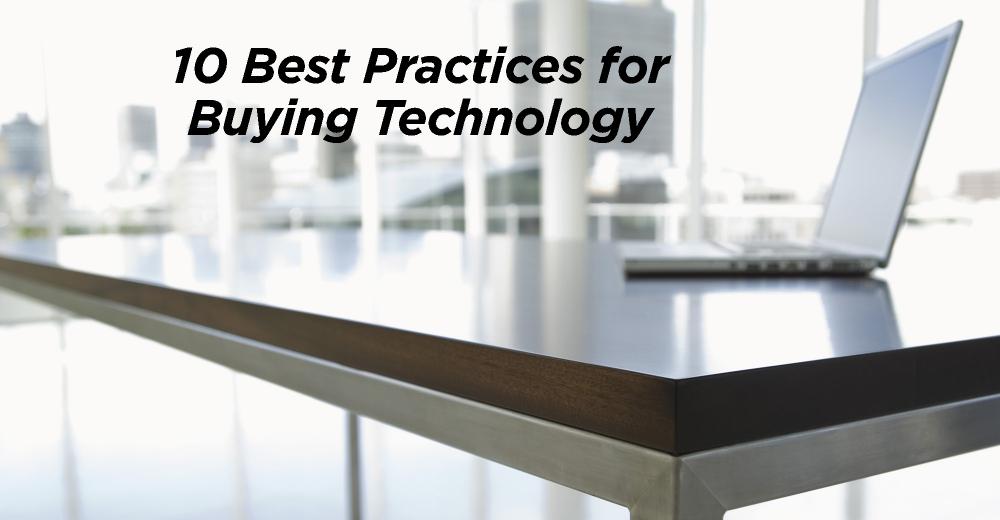1 11
1 11
Some software developers promise fully integrated, comprehensive systems that claim to solve a range of operational needs without any issues. In such cases, it’s important to get clarification on what the vendor means by “fully integrated.” Are they referring to a simple single sign on (SSO) integration or a deep, full integration? If they promise deep integration, what level of support and up-front testing do they provide to make certain their technology meets this promise in real-world conditions?
Understandably, many advisors desire the best solutions for each separate technology need — from customer relationship management to trading. In a perfect world, these various software programs would be able to communicate effectively with the help of APIs. In practice, this is not always the case. The more vendors you work with, the greater the risk of integration issues. For this reason, it may make sense to select a suite of applications that already work well with one another, or that are provided by established vendors that have committed to integration.
The technology landscape has become a fertile area for innovation in part because of its open-source development environment. An open-source environment enables developers to collaborate and incorporate feedback to speed up innovation and responsiveness. This degree of openness can be off-putting to advisors concerned about securing sensitive client information. For this reason, it can be helpful to work with a technology partner who understands compliance issues and business concerns of financial advisors. This partner can help balance the need for innovation and integration with the protection of client information.
No matter what vendors claim about the readiness of their product, most firms will require the services of a software developer to help ensure their technology integrates well with their unique needs. Some firms hire independent programmers to help finalize the process, and others work with a technology partner who can help structure an integrated suite of products through targeted solutions.
One advantage of technology is that it can scale as your practice grows, and can be adapted as you decide to upgrade to new programs and capabilities. Consequently, it’s important to think of your technology investment less as a one-time capital outlay and more as a recurring expense, since time and resources will be needed to see to periodic updates, and to make certain your systems remain secure, virus-free and compliant. Depending on the technology, you may need to do an annual update or only update once every few years.
Cloud computing provides a popular option for many firms. Through cloud computing, advisory firms can use secure broadband connections to access solutions and data securely stored on remote servers. Because this data is stored remotely, advisors can access the data and applications from different locations (such as their home offices) and from a variety of devices, including smartphones and tablets. In many cases, these applications are accessed on a subscription or pay-as-you-go basis. As a result, they require less capital and carry lower investment risks than purchases of software licenses or on-site hardware.
Deep integration is achieved through an interactive process of trial and error. Developers will need to test APIs and system integration in real-world situations with typical data loads. This may require some down time for your existing systems, as well as a commitment of staff time for testing and training. While this can be a frustrating process, it is integral to ensuring your systems work effectively.
Ask for input from staff members who will be using the technology. Include them in every step of the technology selection process, from goal-setting to exploring vendors, testing and training. Similarly, explore upfront how your best clients like to use technology. What is their desired means of communication? What kind of online account access do they desire? How do they typically access this data — with their computers or with their smart devices? Let their preferences guide your objectives. You can do this through client surveys and face-to-face meetings, positioning your exploration as a way to deliver value to the client.
Industry conferences are a good place to learn about new technology options for financial advisors. However, it is equally important to look beyond references and reviews and get personal feedback from people already using the software. Ask vendors if they can put you in touch with other advisors who are already using their product. Talk to colleagues and find out what programs they are using.
Many advisors have found success by engaging a technology consultant to help make the best decision for their business.

